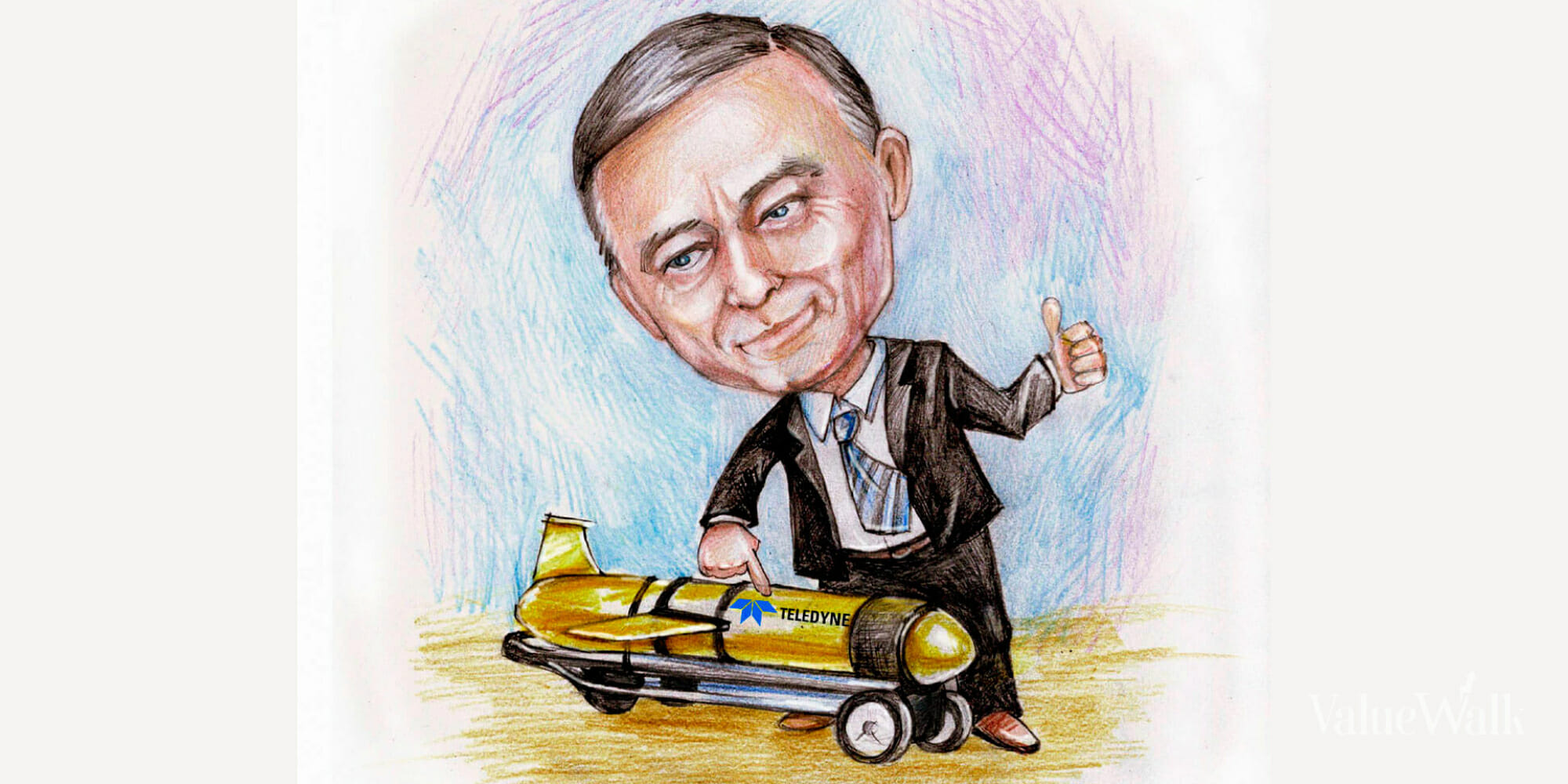Case Study Of Henry Singleton And Teledyne by Jae Jun
Yesterday, I published a guest post on Leon Cooperman and when this $3.2B man sells his stocks.
Four Reasons to Sell a Stock from a Man Worth $3.2B
It’s interesting how he mixes deep fundamental investing along with basic chart analysis.
I just don’t have the time to dive into learning about charts to see what it’s about, but when he says that the markets are leading indicators, it does make you think.
Now as I was reading and thinking about Cooperman, I started getting curious and started to look up what he’s written or said before.
And then I got sucked down the rabbit hole.
In a good way.
Because I came across a case study of Dr Henry Singleton and Teledyne.
If you aren’t familiar with the name, or it sounds vague, that’s normal. They don’t teach about Singleton and what he has done at business schools.
Here’s what has been said about him.
“Henry Singleton of Teledyne has the best operating and capital deployment record in American business.”
“if one took the top 100 business school graduates and made a composite of their triumphs, their record would not be as good as that of Singleton, who incidentally was trained as a scientist, not an MBA. The failure of business schools to study men like Singleton is a crime, he says. Instead, they insist on holding up as models executives cut from a McKinsey & Company cookie cutter.”
In fact, Warren Buffett said this.
By studying Singleton, Warren Buffett was confident in buying IBM because he saw similar traits.
Remember the email about Jim Chanos and pattern recognition. This is another case.
Instead of having to learn the hard way, leverage case studies and other people’s success to your advantage.
In Singleton’s case, it was the use of share repurchases.
- Load up on acquisitions when its stock price was surging.
- Load up on share repurchases when its stock price was falling (below fair value).
This sounds like a failing recipe based on how most companies have done, but Singleton was a spectacular case of what to do and what not to do.
Read the case study and the companion 1979 Forbes article and you’ll get a better understanding of how it all works.
- Four Reasons to Sell a Stock from a Man Worth $3.2B
- Singleton Case Study of Teledyne (PDF)
- 197 Forbes article on Singleton (PDF)
The case study is long. I’m applauding you in advance if you get through it.
If you don’t have the time, read pages 15-17 which is Leon Cooperman’s letter to Forbes about the lack of understanding they have with Teledyne.
Cooperman was a die-hard advocate of Teledyne and amassed a huge fortune by investing in it during the early stages.
Cheers,
Jae





